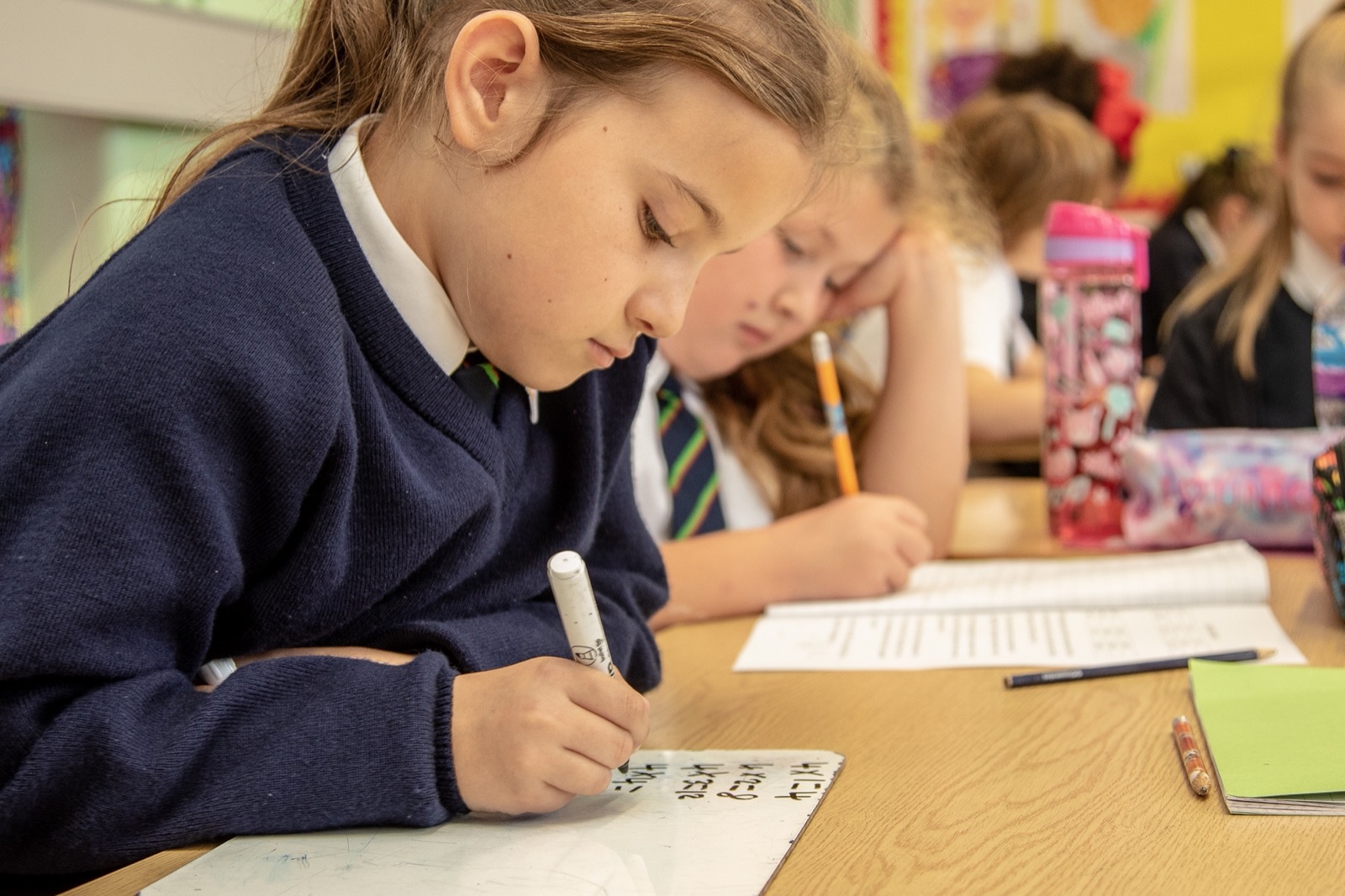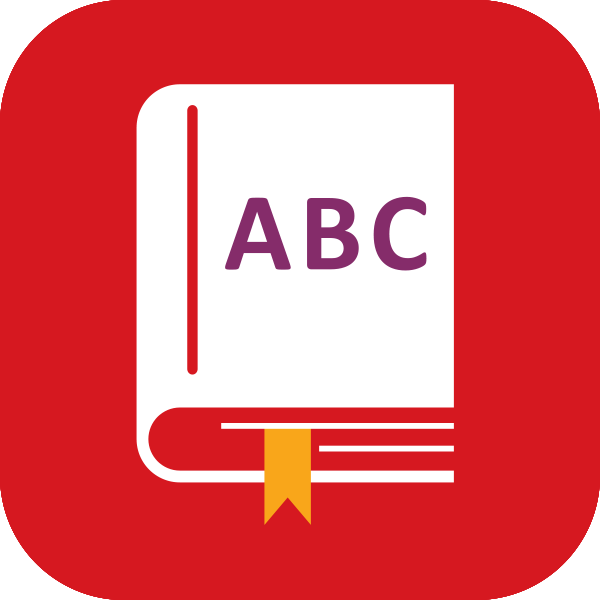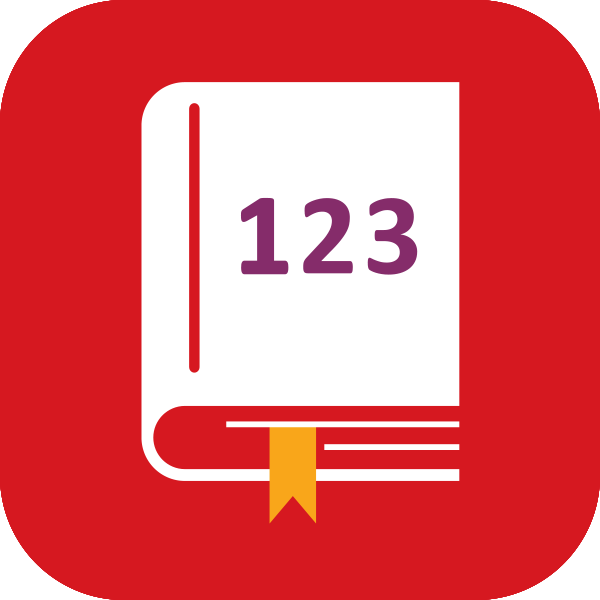Cliftonville Integrated Primary School is situated in North Belfast. It has over 385 children in P1 to P7 classes and nearly 30 children in the nursery. Assessment Coordinator, Katie Millar, shares her advice for schools assessing their pupils under the current Covid-19 safety restrictions.
Considerations for assessing under the current restrictions
Following the return of pupils to school this term, there have been several new important considerations for assessing under the current Covid-19 restrictions to ensure the safety of pupils.
- Administer tests in ‘bubbles’. One of the practicalities we thought long and hard about was how to maintain the bubbles during assessment. We decided to schedule each bubble in the computer suite at an allocated time to enable them to take the Progress Test in Maths and Progress Test in English. This happened over a two-day period with a deep clean between the bubbles accessing the computer suite.
- Minimise disruption. We follow several timetables in our school to maintain the bubbles. We swap times in the playground with another year group if needed to allow extra time for testing – ensuring children’s concentration isn’t disrupted. To avoid any interruption, make sure key staff are aware the computer suite is being used for testing. A very simple sign on the door stating ‘Testing in place – do not interrupt’ will let key people know. Also avoid seating pupils together who are likely to disrupt each other.
- Be organised beforehand. Ensure that pupils have everything they may need to hand (e.g. pencil, paper) and that they use the bathroom before they take the test, so that they are relaxed and ready to begin. Make sure they have already been logged onto the computers and are ready to enter their access codes.
- Reassure the pupils. Explain to the children what they are about to do, so they know what to expect. During remote learning, many of the children accessed material using tablets and may not have had recent experience of using a mouse and keyboard. Reassure them and encourage them to try their best. Also be sure to have a relaxed attitude yourself, otherwise this could have a knock-on effect on the pupils.
- Share the workload. It is vitally important to have another adult in the room during testing to help change things over, wipe equipment down and deal with any problems.
- Schedule a break between sittings to allow cleaning of the computer suite. We had to consider how to manage this to ensure there was minimal transition between one child and another using the computer. We put cling film over the keyboard beforehand, then wiped down the mouse and keyboard, using anti-bacterial wipes, after each child to ensure they were clean. There was a zone in the room where children who were not using the computer could sit down and be supervised by a teacher.
- Schedule time for ‘mop-up’ sessions. With children being off school due to self-isolation, we had periods set for a class to go into the computer suite with another group of children in the same year group who had missed testing. These groups sat on opposite sides of the computer suite to take the tests. Having these sessions scheduled in your timetable will help ensure that you do not run over your allocated time for testing.
Cliftonville Integrated Primary School is one of our Advocate Partners



